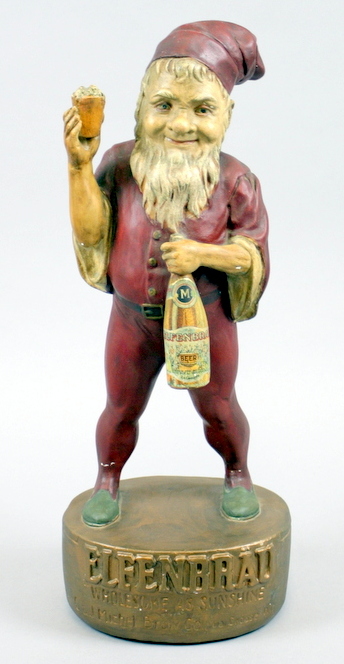Amy Vach
Catalog Number: 2011.014.142
Copyright La Crosse County Historical Society
When Michel Brewery founders Charles and John Michel came to the United States from Germany in 1857, it’s doubtful that they could have imagined that the business they were to start would outlast Prohibition and continue for nearly a century.
In 1847, Charles came to America before the rest of his family, settled in New York and worked on a farm for a winter. The remaining members of the Michel family came to America the next spring.
The members of the Michel family settled in Philadelphia, where they started a contracting and building firm. Their venture did not endure, so they did what many others did — went west in 1849 to take part in the California Gold Rush. Later in life, Charles said, this was most prosperous time of his life.
The brothers briefly returned to Pennsylvania, but they were on the move again after two years, finally settling in La Crosse in 1856. The brothers initially set up a contracting firm like they had in Pennsylvania, but less than a year later, they decided La Crosse could support another brewery.
Charles and John started brewing beer in La Crosse in 1857. Gottlieb Heileman worked as brewmaster for C&J Michel Brewery before partnering with John Gund to form City Brewery. In 1872, Charles Michel married Louise Gund, the daughter of John Gund Brewing Co.’s founder. Although these breweries were competitors, they still were interconnected by family and business relationships.
Elfenbrau beer was the most popular variety brewed by the brothers prior to Prohibition. To keep the business afloat after the ratification of the 18th Amendment, the brothers changed their company’s name to La Crosse Refining Co. and began manufacturing malt and malt syrup.
After the ratification of the 21st Amendment, which ended Prohibition, the brothers again changed their company’s name to La Crosse Breweries Inc. Although the company survived Prohibition, Elfenbrau beer was no longer a hit with beer drinkers. Carl Michel, son of Charles and Louise, went to his uncle Henry Gund and purchased the Peerless brand of beer. Gund had sold off most of the business and their assets to other breweries in 1920 when the brewery closed, but he held onto the Peerless brand until 1937.
The company hit a rough patch in the 1930s and 1940s and accumulated an abundance of debt. The debt was repaid, but the company ceased production in 1955.
This plaster statue, from about 1910, is 20 inches tall and would have been used to promote Elfenbrau beer. The La Crosse Historical Society has a photo postcard of the interior of a bar that has two matching elves like this one sitting on the top shelf above the mirror.
Although these elves were mass produced, today they are rare. This artifact came to historical society as part of a collection of La Crosse breweriana donated by Tye Schwalbe in 2011.
This elf was the first artifact from the historical society’s collections that has been photographed and turned into a 3D model by collections intern Sofie Kinzer. The 3D model, which was made possible through a collaboration with David Anderson and the University of Wisconsin-La Crosse Archaeology and Anthropology Department can be seen on the historical society’s website.
This article was originally published in the La Crosse Tribune on October 7, 2017.
This object can be viewed in our online collections database by clicking here.


